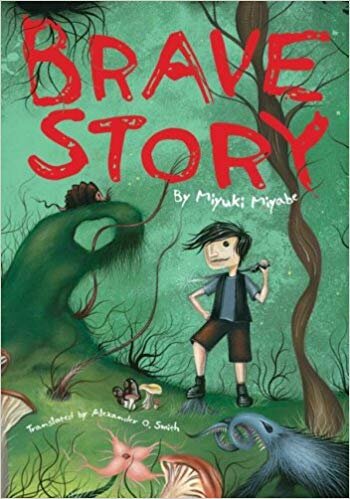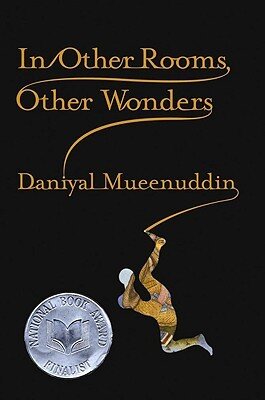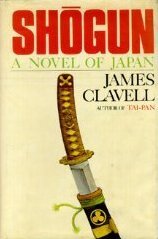Making the Chinese Mexican by Grace Pena Delgado (Stanford University Press)
When England abolished the slave trade in 1807 and ended slavery within its empire in 1833, the need for cheap labor became an issue everywhere but the United States, until the signing of the Emancipation Proclamation thirty years later. Caribbean sugar plantations found a labor solution in coolies imported from China, a practice that spread into South America.
A Mexican politician, convinced that he could make a fortune from growing coffee in the scorching climate of Chiapas, advocated the importation of Chinese laborers into his country, as they already were in Peru, Brazil, and Cuba. Lack of infrastructure within Mexico to transport workers to the areas where they were needed, as well as the hellish climate of the coastal and jungle work sites, diverted the Chinese labor force to the more amenable areas of the United States. While only 1000 Chinese were part of the Mexican labor force in the mid-1800s, over 100,000 worked in the United States by the end of the 19th century.
With the completion of America’s transcontinental railroad, the need for cheap labor diminished and xenophobia increased. Mining in the Arizona Territory attracted immigrant labor from England, Ireland, and Mexico. Chinese workers trickled down from California and still more arrived from China, increasing the Territory’s Chinese population from 20 to over 1500 in ten year’s time.
But the increasing number of white Americans arriving in Arizona brought the “demonization” of Chinese workers with them. The threat of miscegenation was brandished in lurid fashion, along with the belief that “wily Mongolians” were taking jobs from American citizens. In the mining town of Bisbee, widows of mine workers resorted to taking in laundry to make ends meet and they claimed Chinese laundries were taking bread from the mouths of their fatherless children. Washerwomen in Tombstone added their complaints to the furor and laundering became a forbidden occupation to Chinese “adjunct labor” in mining areas.
Tucson was less restrictive with its diversity of population, with Mexicans making up 64% of the town’s population. One of the leading businessmen, Leopoldo Carrillo, began renting small tracts of land to Chinese truck farmers. As these farmers achieved success, some opened grocery and dry goods stores and even laundries. An economic kinship grew between Tucson’s Mexicans and Chinese, with Mexican families renting rooms to Chinese laborers and leasing land where Chinese families could build homes. Soon the area known as El Barrio where the Mexicans of Tucson lived became inhabited by Chinese workers. Although Tucson never had an officially established Chinatown, by 1883 the Chinese residents of El Barrio had established “four large buildings, two washhouses, three stores, two opium dens, and a block-long adobe structure that ‘lost all its Spanish-American attributes and [became] wholly oriental.”
The relationship that was formed between Chinese and Mexicans, a form of kith that could be as strong as kin, made it an easy matter for Chinese to flow across the porous border into Sonora, Mexico when U.S. immigration policies and racial discrimination made that country an unattractive destination. Chinese labor flooded into Mexico by ship and then were trafficked across the border to U.S. towns. Others remained in Mexico, “becoming a vital part of Mexico’s economic reality.” By 1910, 13,203 Chinese lived in Sonora and other states of northern Mexico.
After the Mexican Revolution of 1911-1917, a strong anti-Chinese movement failed to discourage Chinese businessmen within Mexico who understood that crossing the border into the U.S would bring them no relief, only the probability of deportation. By the mid-1920s the Chinese in Sonora owned 40% “of manufacturing firms and small-scale dry-goods shops while controlling 65% of all grocery stores.” Antichinista forces turned to vicious propaganda and violence; Chinese stores were raided and burned. Murders were not uncommon. Eventually the government, swayed by fears of miscegenation and disease, began the expulsion of 3,500 Chinese from Sonora, with the goal of expanding this throughout Mexico.
Today there are estimated to be no more than 70,000 people of Chinese descent living in the entire country of Mexico.~Janet Brown



















